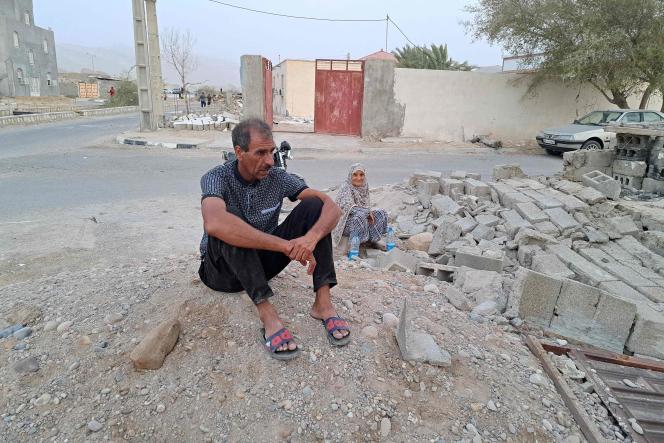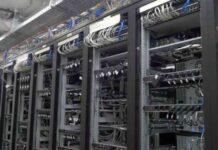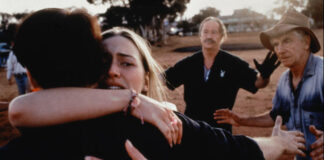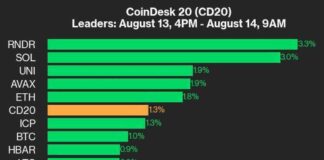Several earthquakes hit southern Iran on Saturday, July 2. The first occurred around 2 a.m. (local time, 11:30 p.m. Friday, Paris time) with a magnitude of 6 at a depth of 16 km, according to the United States Seismological Institute (USGS). It was followed by two aftershocks, one of magnitude 5.7 and the other of magnitude 6.
The balance sheet, still provisional, reports five dead. According to state television, 49 people were also injured.
Relief operations nearly complete
The tremor occurred in an area 100 kilometers southwest of the port of Bandar-e Abbas, according to the United States Seismological Institute (USGS). According to television footage, several residential buildings in Sayeh Khosh – the worst-hit village – collapsed and the town was plunged into darkness due to a power outage. Electricity was also cut in nearly thirty villages located in the affected areas.
In Bandar-e Abbas, capital of Hormozgan province, home to half a million people, residents spent the night on the streets after the quake and long queues formed outside gas stations .
“We are focusing on welcoming the victims of the earthquake,” provincial governor Mehdi Dousti said on television, adding that 50 percent of the village of Sayeh Khosh had been destroyed. Search and rescue operations are almost over, the country’s Red Crescent said, quoted by television.
Area with high seismic activity
One person had already been killed in November 2021 in this province of Hormozgan, hit by earthquakes of magnitude 6.4 and 6.3.
Located on the edge of several tectonic plates, Iran is an area of high seismic activity. In 2003, a magnitude 6.6 earthquake partially destroyed the city of Bam (southeast) and killed at least 31,000 people. The deadliest earthquake in Iran remains that of magnitude 7.4, which occurred in 1990 in the north of the country: it had killed 40,000 people.














